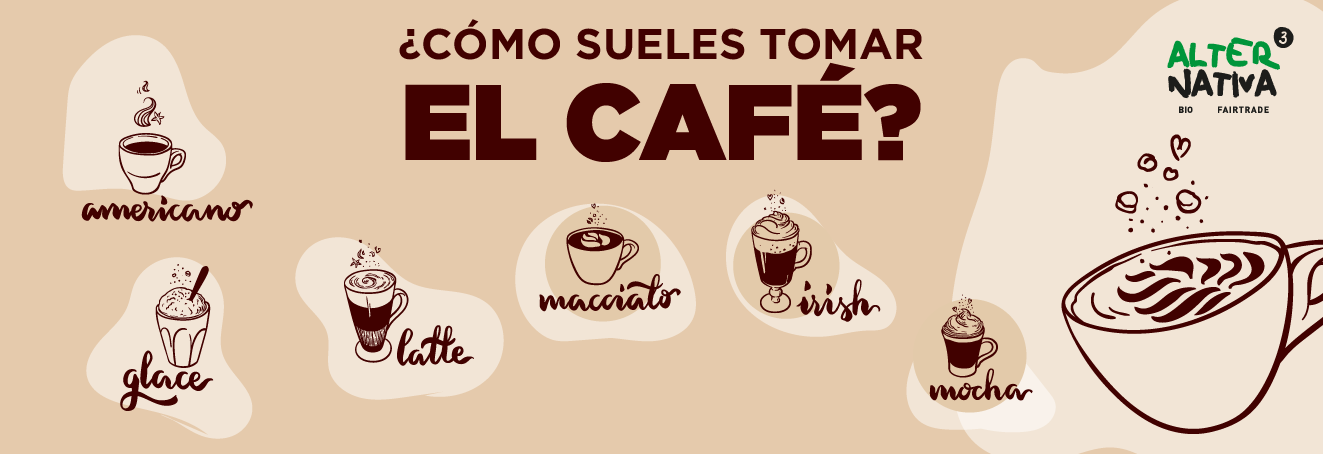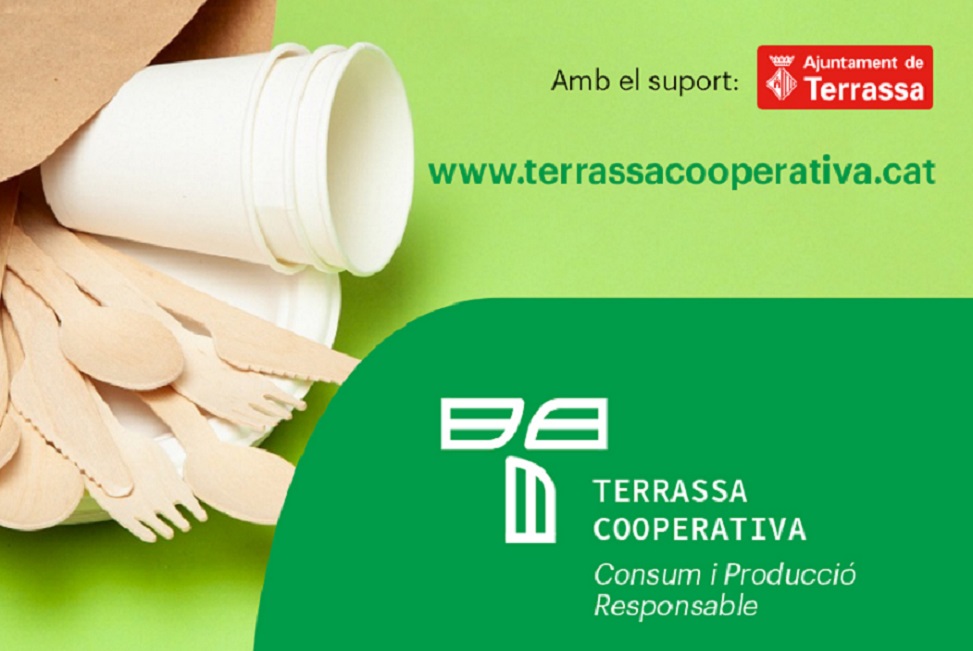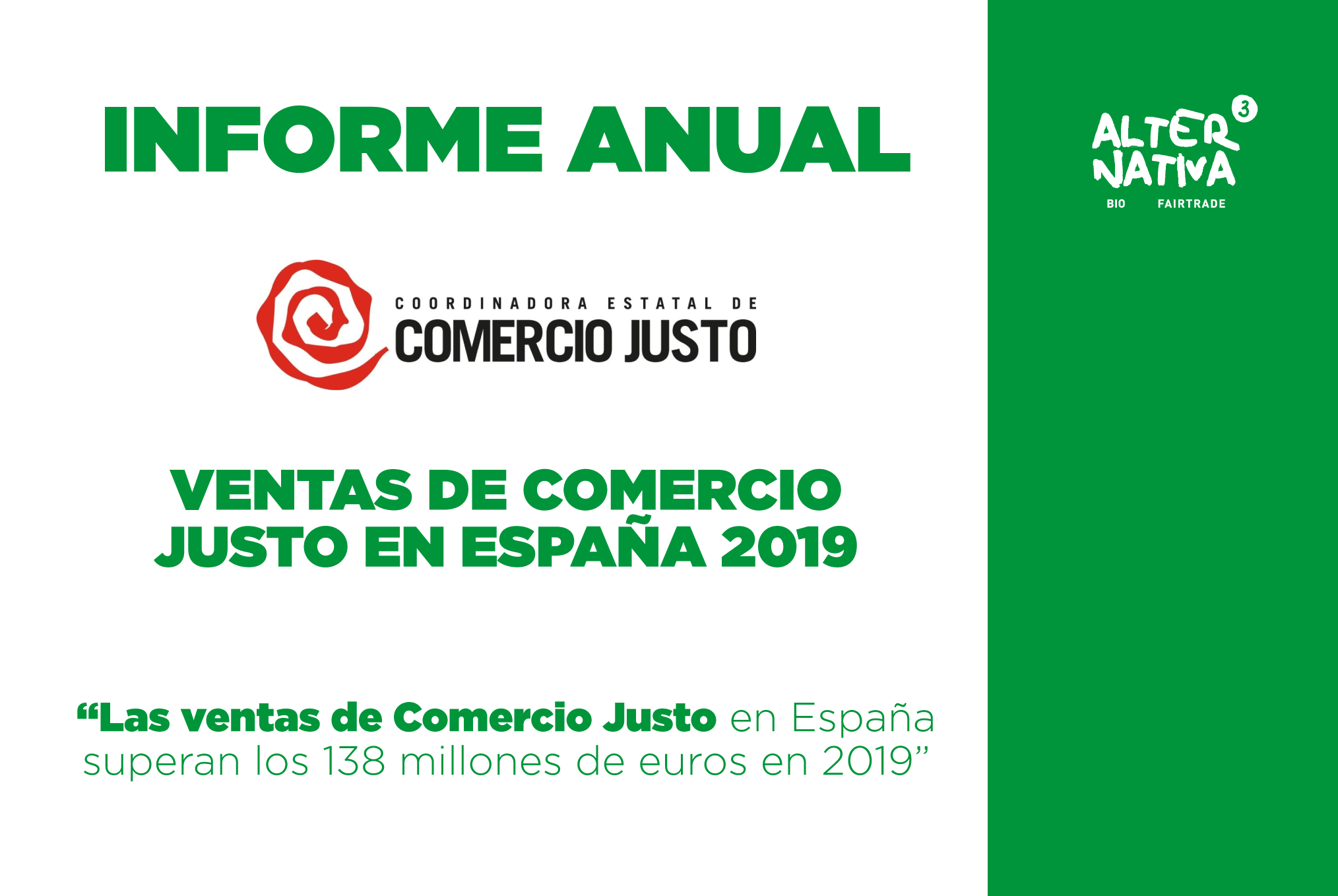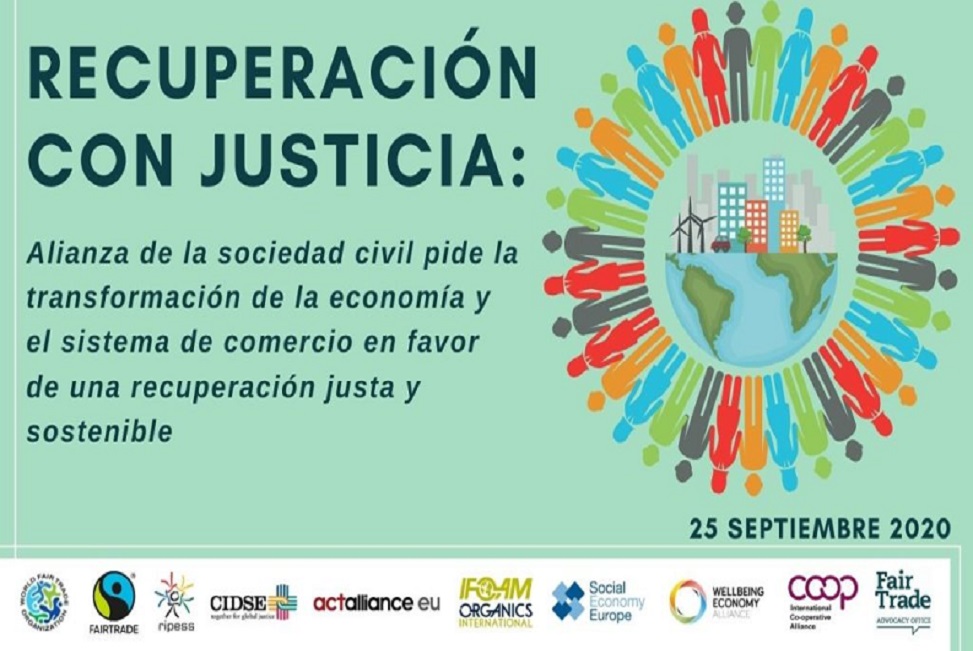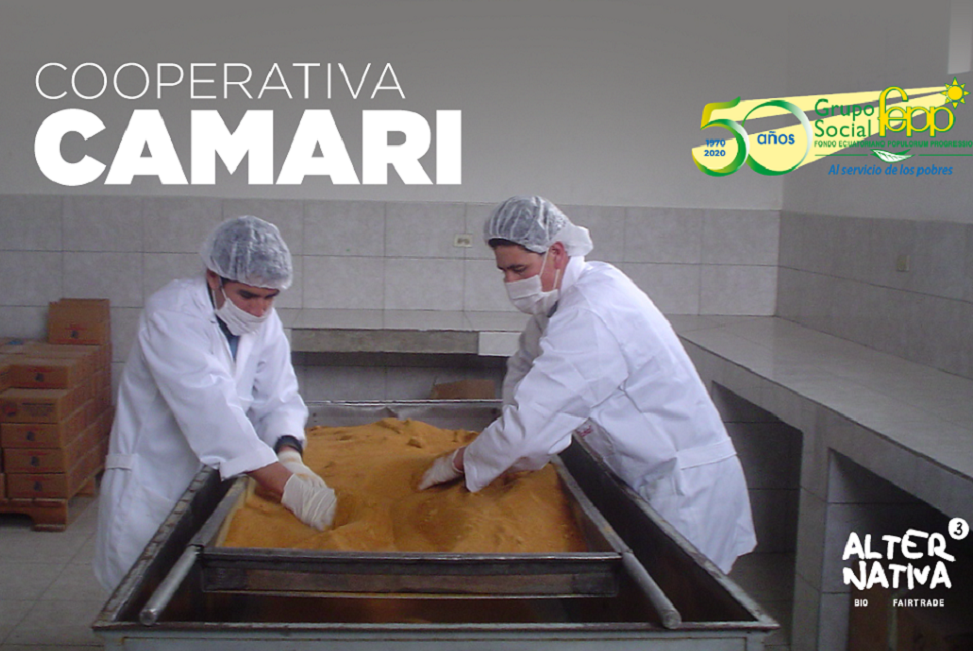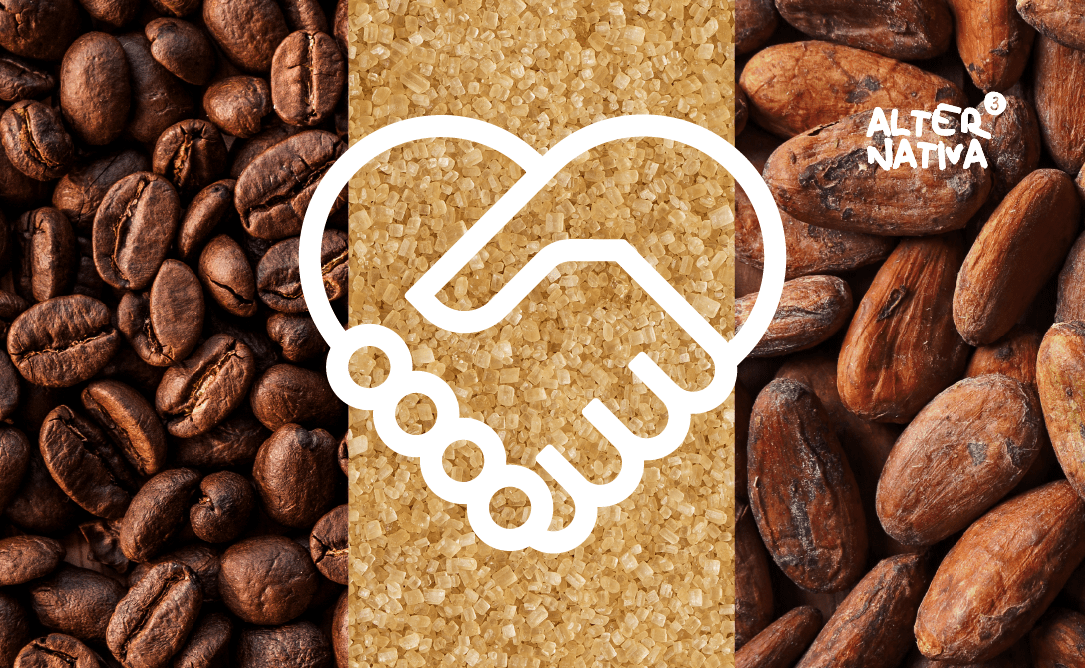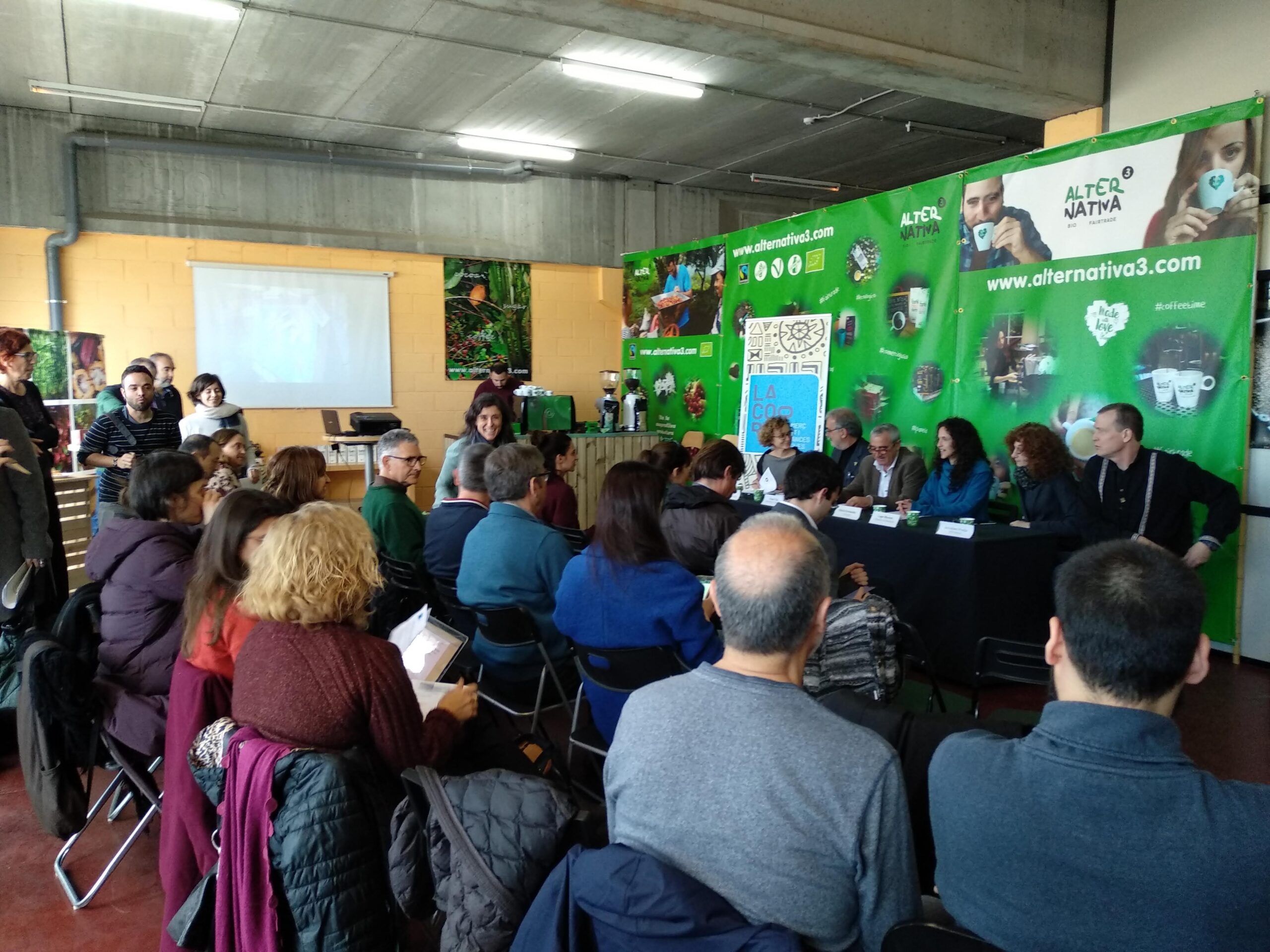Do you want a safe bet for breakfasts, snacks and desserts? The apple cinnamon cake recipe from @escura'tgluten-free, it's just what you need!
Do you want to learn how to prepare it, read on!
Ingredients
- 2 eggs.
- ⅓ of cup of the panela cane sugar from AlterNativa3.
- 2 tablespoons virgin olive oil or melted coconut oil.
- 90 ml of the vegetable milk of your choice (we recommend using oat, almond or rice milk).
- Peel of ½ lemon (do not use the whitish part, which is bitter).
- ¾ cup oat or almond flour (you can grind gluten-free oat flakes or raw almonds directly).
- ½ teaspoon baking soda.
- ½ teaspoon chemical-free yeast.
- ¾ teaspoon cinnamon.
- ¼ teaspoon nutmeg.
- ¼ teaspoon vanilla (powdered, in extract or you can leave it out if you prefer).
- 1 teaspoon salt.
- 3 apples cut into crescent-shaped slices.
- AlterNativa3 icing sugar.
Step by step
- Preheat the oven with the two baking sheets to 180º.
- We prepare a rectangular mould (type plum cake) and paint the walls with coconut oil or extra virgin olive oil, or use greaseproof paper.
- Beat the eggs with the sugar until the volume of the mixture doubles (this is important for the creaminess of the cake). Then add the oil of your choice, the vegetable milk, the vanilla extract (if it is not powdered) and the lemon peel. Mix and leave to stand while we continue with the next step.
- Put all the dry ingredients in another bowl: flour, baking soda, baking powder, cinnamon, nutmeg, vanilla powder (if you have chosen this option) and salt. Mix with a fork and add to the ingredients from the previous step. Now leave to rest
- Slice the three apples and reserve a few slices for decoration. Add the rest to the mixture and leave to cover completely. Put the mixture into the mould and decorate with the apple slices that we had set aside earlier.
- Place in a preheated oven at 180º for 35-40 minutes. Although it may seem raw, it is not! Take it out and finish decorating with the icing sugar, which will caramelise thanks to the heat of the cake itself.
- Finally, leave to cool and enjoy!
Would you like to try it? You'll love this apple and cinnamon cake recipe! If you liked it, we invite you to share the result with our social media profiles.

